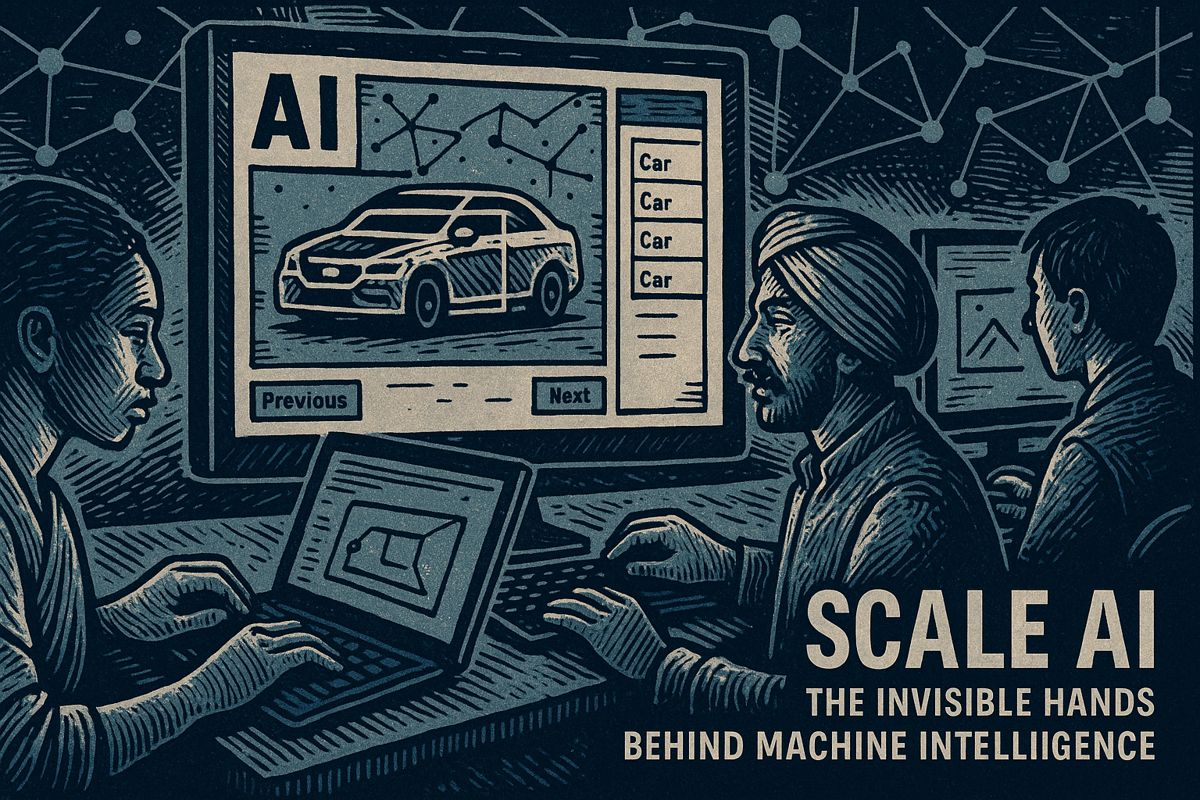Recent research confirms the significant AI agents shift to modular architectures, moving away from single, monolithic models. These advanced cognitive engines now plan, act, and remember across dozens of external systems, orchestrating tools and memory to complete complex work that previously demanded human analysts.
Evolving Architectures: From Monolithic Models to Distributed Meshes
This transition to modular AI agents involves breaking down large models into smaller, specialized modules for functions like search or reasoning. These components collaborate through a unified system, increasing flexibility, scalability, and the speed of development, making AI systems more robust and adaptable to change.
A pivotal 2024 survey on emerging AI agent architectures confirms this trend, showing developers abandoning single models for modular agent clusters. In this design, specialized modules for search or coding communicate via a lightweight message bus. A recent McKinsey analysis terms this the “agentic AI mesh” – a grid of autonomous workers that reason across systems like CRM and cloud data lakes.
Interoperability is a primary design goal, with leaders like Microsoft recommending decoupled reasoning, planning, and tool-use functions. This allows engineers to swap components without retraining core models, yielding faster iteration and lower risk.
How AI Agents Chain Tools, Memory, and Reasoning at Runtime
The ReAct (Observe, Think, Act, Reflect) cycle governs an agent’s runtime behavior, allowing it to execute tasks through a tight loop:
- Observe: Read user intent and environmental signals
- Think: Draft a short plan and choose the next tool
- Act: Call that tool, capture the output, and store a memory
- Reflect: Tweak the plan based on new knowledge
These microsteps repeat until the task’s goal is met. To maintain context, vector stores assign semantic scores to observations, ensuring relevant memories resurface in later turns. With context windows now reaching 256k tokens, agents can evaluate hours of prior dialogue without needing external database calls.
Practical Deployments in 2025
Agentic AI is already transforming business operations. In customer service, agents automate refunds and create audit logs, while e-commerce platforms use them to generate personalized offers from real-time data. This rapid adoption is confirmed by McKinsey field surveys, which show enterprise use of agentic workflows soaring from 55% to 78% in just one year. Developers can choose from over a dozen open frameworks, often starting with a low-code canvas and plugging in specialized skills as needed.
Open Challenges Around Context and Memory
Significant challenges persist, especially with memory and context. Benchmarks show that even advanced models suffer from shallow context retention, often forgetting key details after a few steps. Rigid prompt templates make it hard to update policies, while infrastructure teams face memory bottlenecks from embedding and indexing gigabytes of session data at sub-second speeds. Researchers are now prototyping tiered memory managers and hybrid vector-symbolic stores to create more persistent, self-healing memory systems, but this remains an open frontier in agent design.



















